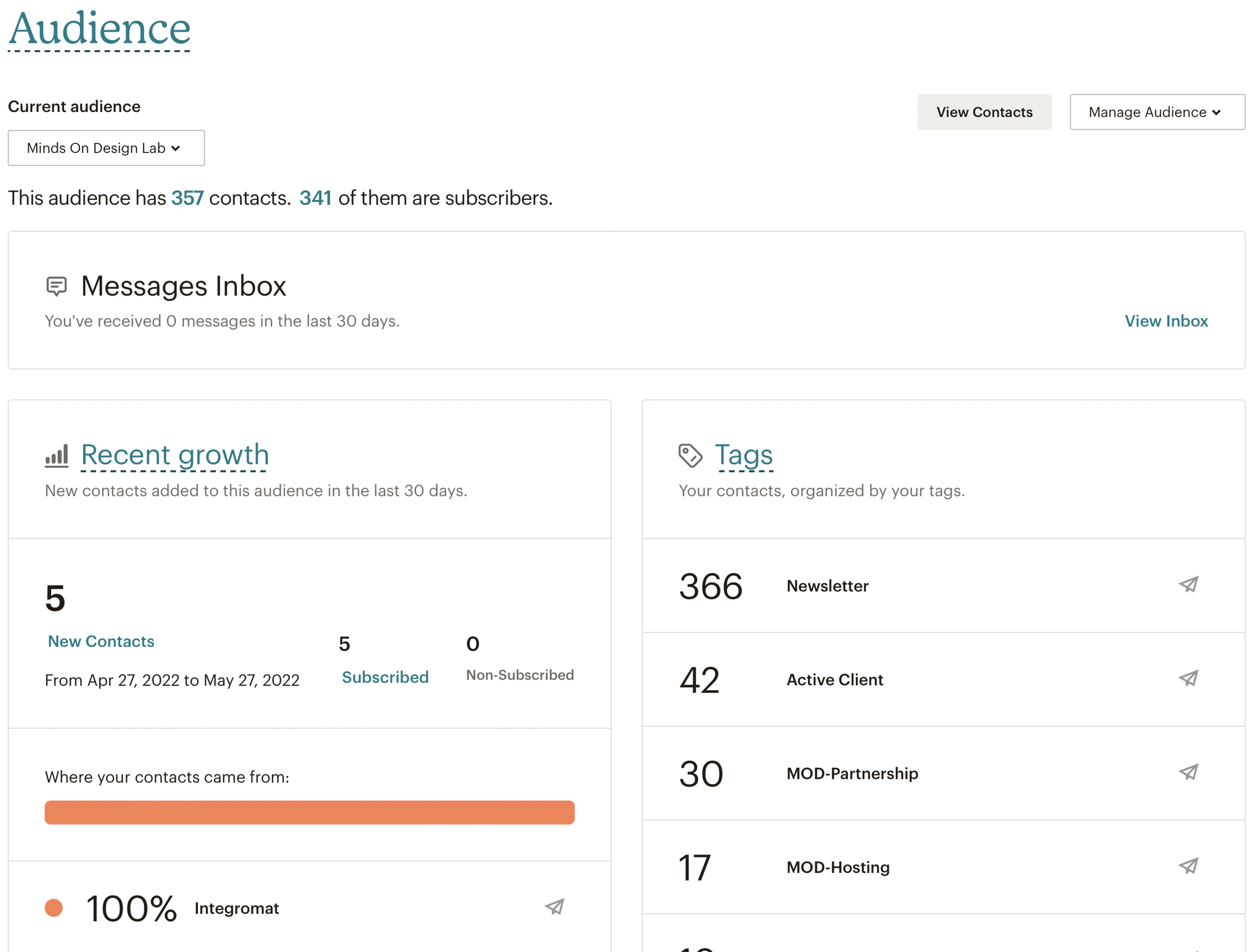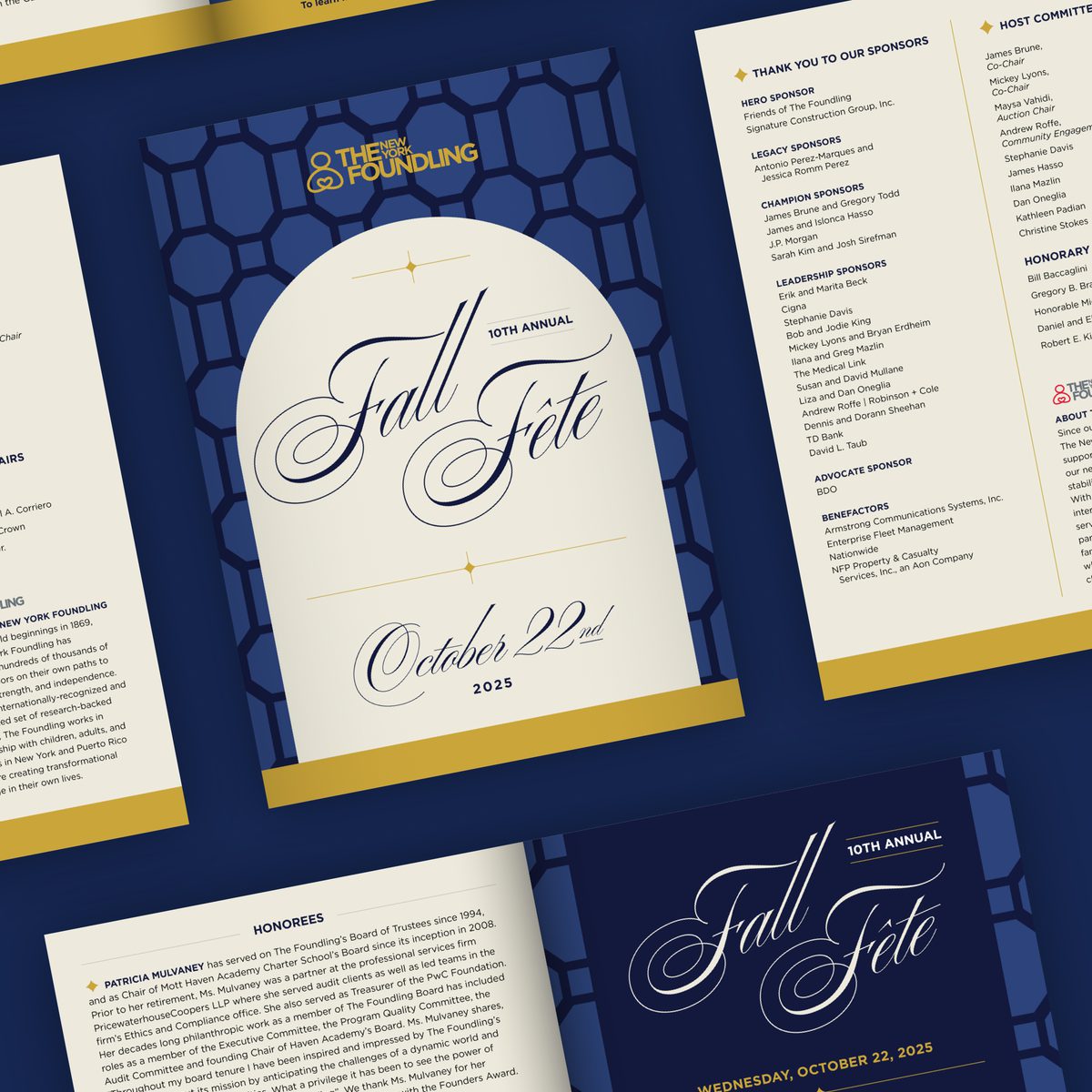- Expand Your Marketing and Outreach

- Expand Your Marketing and Outreach
Personalizing email marketing with Mailchimp
Email marketing is one of the most common ways to engage your organization’s people. If you are sending the same content to your full email list with every campaign you send, you risk unwanted and unnecessary unsubscribes. Personalization helps mitigate email fatigue and improves connection with your audience by sending them relevant information based on their needs or position of engagement with your organization.
Mailchimp has many features in its built-in toolbox that will help you take your marketing campaigns to the next level. In this article, we are going to explore some of ways you can personalize your email campaigns.
Get personal with your audience
Targeted emails are a way to send campaigns only to a specific group of people who fit certain criteria or characteristics. If you are working with a single audience for your organization, it can be critical to target emails. This will help keep your contacts subscribed and engaged.
There are many ways to decide what types of target audiences you should market toward. One of the easiest ways is through Mailchimp-generated segments. On your Audience Dashboard in Mailchimp, you will see information about recent growth. From this new data, Mailchimp creates a segment of new contacts based on where they found your page. Then, by simply clicking the paper airplane, you can send a targeted email to those new contacts.
To get started with personalization, you can target contacts based on their tags. Tags allow you to quickly note what categories your contacts fall under. For example, tag contacts who participated in your most recent webinar. This way you can send a thank you for coming email. Tags make sure that you send emails to contacts who will engage with the content because it is relevant to them.
You will see insights on your Mailchimp Audience Dashboard including your top five tags. With this information, you can send a targeted campaign with just a couple of clicks. This is a quick and easy way to send personalized communications.

Mailchimp Audience Dashboard provides insights to quickly email segments of your audience.
To personalize your email campaigns you need the right data
Personalizing campaigns allows you to meet your contacts where they’re at. As you use Mailchimp, it gathers information for you that can be used to target campaigns.
Some of the data that Mailchimp collects includes:
- campaign activity- click rates, unopened emails, etc.
- date added- when the contact was added to your audience
- email marketing engagement- new, rarely, sometimes, often
- & more
The above are “out of the box” data that will be available to you over time.
You can also add contact data to Mailchimp through a variety of features and means.
- Data you provide - You can tag your contacts or populate custom fields with data about them
- Data contacts provide - You can make groups available that your contacts can opt in or out off to express their communication preferences. Contacts can provide information about themselves to custom fields through subscribe forms.
- Data integrated from third-party tools - You can integrate Mailchimp with other tools such as your donation, event, and/or volunteer platforms. Then, you can store these data in custom fields.
Use this information to send relevant communications to your audience, no matter the length of your relationship. You can also check out our article about how to to gather and store data about your contents in Mailchimp.
The right messaging to the right people
Here are a few examples of how you can use data you collect or apply in Mailchimp to personalize your campaigns.
Scenario 1: Send an email to your local audience
Your organization is hosting an in-person event in Brooklyn next month open to the public. You have a strong list of contacts local to the city and you have a goal event audience of 150 people.
Mailchimp automatically tries to determine the location of your contacts as you send campaigns. You can use these data to send RSVP invites to only your NYC contacts for your Brooklyn event.
Scenario 2: Asking for donations through email
We are in November and it’s Giving Tuesday. Your game plan for the day is to send out four calls for donations- morning, mid-day, afternoon, and a couple of hours before the end of the day. Mailchimp will help you personalize your outreach efforts in a couple of ways.
Email fatigue is real. So you don’t want to keep sending the same asks to contacts who have already donated to your campaign. You can use the data integrated from your modern donation platform to avoid sending multiple requests to people who have donated.
Further, you can customize the copy of your emails to target the demographics of your audience. By combining your Gen Z and millennial contacts in one targeted email, you can use age-appropriate vernacular. Maybe you even add a gif to the campaign. On the other side, if you are targeting an older audience, you might want to talk more formally. Think about including facts and figures noting the impact of their donations.
Scenario 3: Creating an early access wait list
Your organization hosts a couple of key events as part of your programming. Registration opens about a month before the events start. These are popular but you are interested in growing the number of registrants. You decide to create a page to promote the event long before registration opens to gather a “waiting list” of interested people.
Mailchimp allows you to create a landing page to collect new contacts. Upon submission, the contacts are imported into Mailchimp with a pre-determined tag. As the event draws closer you can send a campaign to the contacts with this tag first. Thus allowing them to register before the general public.
This approach can grow your contact list and aid in your efforts to increase registrants. Learn more about building your email list and engagement in between recurring events.
There’s something for everyone
Organizations of all sizes can reap rewards by sending targeted campaigns in Mailchimp. Mailchimp makes it easy to get started by using tags to auto-generate segments. As you get more comfortable, you can make Mailchimp emails even more personalized by building your own segmented campaigns.
More Articles
- Expand Your Marketing and Outreach
A thoughtful approach to nonprofit event branding
- Expand Your Marketing and Outreach
Expert-backed tips to boost donations through your website
Mightier Newsletter
Join our community of nonprofiteers and the partners that support them. Our monthly newsletter includes resources with small and mighty teams in the social sector in mind – sharing tips to help with content creation, website use, marketing, and more.
SubscribeBrought to you by MOD-Lab
At MOD-Lab, we're the thoughtful design partner for small teams like yours doing big things in the social sector. We create memorable branding, design materials, and websites that showcase the quality of your work and reflect your true impact.


